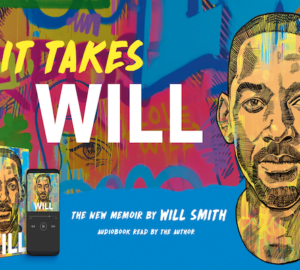The Writer’s Corner features poetry, essays, short stories, satire and various fiction and non-fiction from SCAD Atlanta students. To submit your own work for the Writer’s Corner, email features@scadconnector.com.

BISDAK by Rachita Vasandani.
“Gabi-i na day, away’g agi sa Mango, ug pag-bantay imong mga butang!” I hear my mother repeat, for the hundredth time, as my older brother and I head out to explore the streets of the city I grew up in. Greetings are cordially exchanged with neighbors and family friends; we all know each other here in this little shore town of Lilo-An. I look over the dark sea and check the horizon — one can never trust a July sky. It could open anytime and turn the alleys into a labyrinth of smelly rivers but it is one of those rare bright nights.
Roaming the city is an antidote for ailments of the heart and the mind; getting lost in the corners of Colon — a jumble of a place that surges with the movement of people, like clogged arteries. Colon is the go-to for chicharon and tulob buwa, for new brooms and coconut husks. It is the place for fruits of unpronounceable names and branded clothes (rip-offs of course). Maybe I find these chaotic parts of the city the most calming because they mirror the state I find myself in most of the time: disoriented, multifocal, hectic.
Downtown Cebu is different now. My mama tells me it used to be the place of the elite and nostalgia permeates her voice as she talks about the “back then.” My downtown narrative, the story that lurks in the labyrinth, is seasoned with “last week” and “yesterday.” The downtown Cebu, the Colon that I know, is the feared and the avoided.
What my mama fears so much in the city we call home is loss: a cell phone, a bag, innocence, a life. But in my years of wandering, I have not lost anything here. Rather, I have gained a lot. Most Cebuanos do not know the cucumber they just had was harvested in Sibonga. Most of us do not know the cabbage in Southern Leyte is from a farmer in Dalaguete, who beams with pride when he shares the information that his produce reaches as far as Manila. These interactions take me to places I’ve never been, to the rest of the island I love so much. My nostalgia is different.
There are reasons why we live in a place, reasons why we leave a place. Cebu, my home, has been a place of arrivals that occur as frequently as departures. This city houses all that is distinctly mine. It is the city that raised me, despite its shortcomings, seediness and all. My Cebu is not limited to the tourist sites it is becoming famed for. My Cebu is the vibrant Sinulog festival, the large-eyed children on the street, the traffic that never ends. It is the balut and saang on Freedom Park in front of San Jose-Recolectos, the constantly changing murals on the intersection of Escario Street and La Eskina Molave.
Pinoy ako. I can dye my hair, move across the world, change my name. Pero, pinoy ako. I am Filipino. It is easy to push away who you are when all your identity seems to mean is the corrupt officials, packed roads, the disasters, the tragedies, the mentalities that have been ascribed to us. I am who I am because of these things and more. To be Filipino is to look beyond the Spanish colonization to the glory of our past, to the kingdoms of Sulu, of Maguindano, of Butuan. I am from the people of the Cordillera. I am shaped by this city and her story, a story that stretches over 67,000 years. I am shaped by my igorot ancestry, my negrita roots that still grow deep in my hometown. Cebu is my home, she has taught me to be kind like the forgiving land, brave like the people that defended her shores, to be wild like the waves that crash on her shores. To carry these values is to be Cebuano. It is to be Cebu.


























